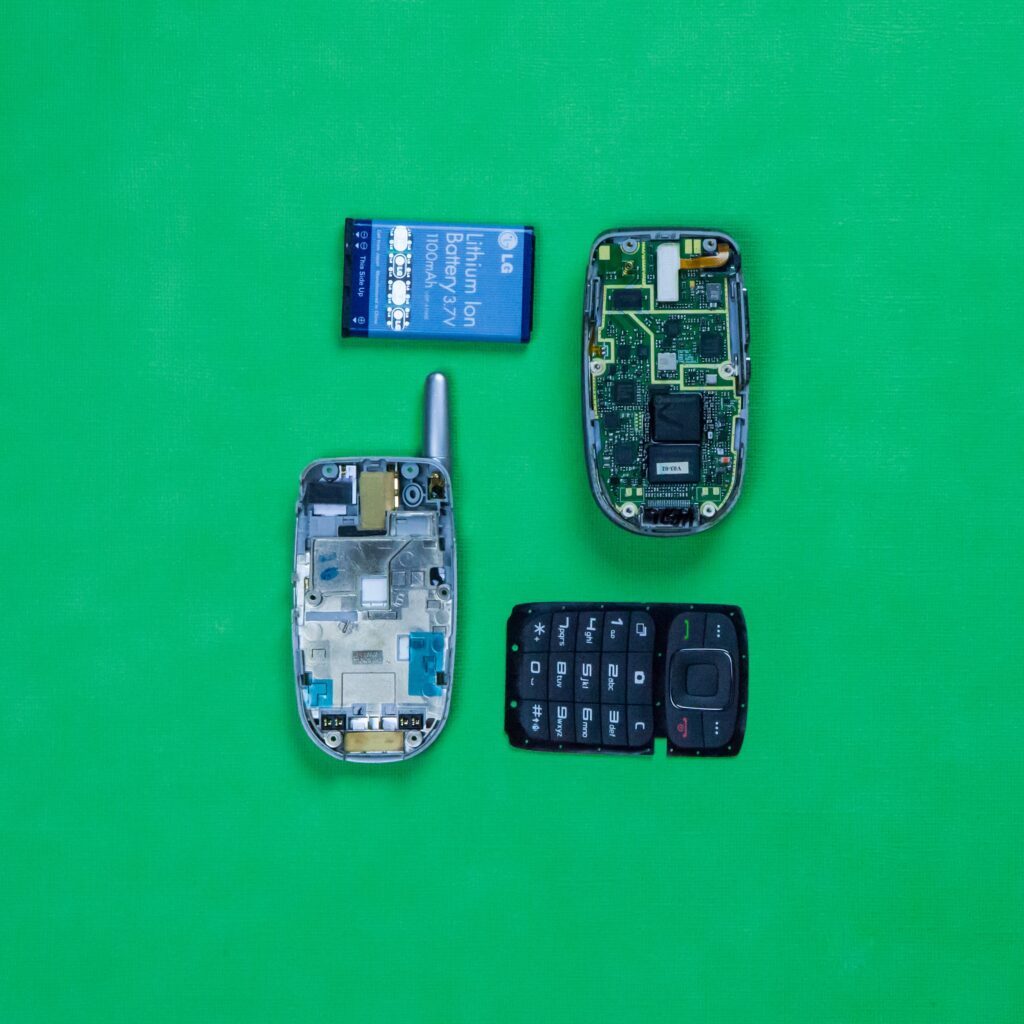Consumers were given a boost in August after Amazon was found to be liable for any product sold through its marketplace. The Washington Post reported that multiple rulings had found Amazon was liable for defective tech sold via third parties, following Seattle resident Angela Bolger receiving third-degree burns from an exploding battery sold through the e-commerce giant. With even Amazon not immune to legal redress, this case was an indication to consumers as to just what their rights are when it comes to defective tech.
The law
What this ruling indicates is that the defective products law is strongly in favor of consumer rights on clearly defective products. What Amazon had argued was that it couldn’t be held liable due to third-party retailers supplying the product; however, the courts disagreed and found that as beneficiaries of the sale, the buck could stop with them. These laws are even tougher when they come to children, as HG.org explain; defects that cause injuries to children are subject to even more stringent regulation that continues to be updated.
Protecting children
The scale of the problem facing parents when it comes to defective children’s products is not a small one. According to Fox San Antonio, 2 million products were recalled in 2018 alone, with the US Consumer Product Safety Commission recording 226,100 toy-related injuries and 17 deaths in under-15s during the same year. As a result of this emerging risk, the CPSC continues to rigorously document these threats to ensure legislation is up to date.
Change ahead?
What this points towards is an equitable situation in which Americans, both old and young, are legally protected against negligence from technology suppliers. Will this change? According to the Brookings Institute, these protections will become stronger in the face of non-physical tech. According to experts, there will be new risks posed economically and financially to families from defective software and AI tech – think the sort of advisers and helpers that make online banking easier. As biometric information and locational data become more available online, this creates a new, physical risk; new laws may be on the way to improve existing protections.
For this reason, consumers should be reasonably happy. There is a considerable burden of liability put on manufacturers to ensure that their products are fit for their purpose, and this is good news.

